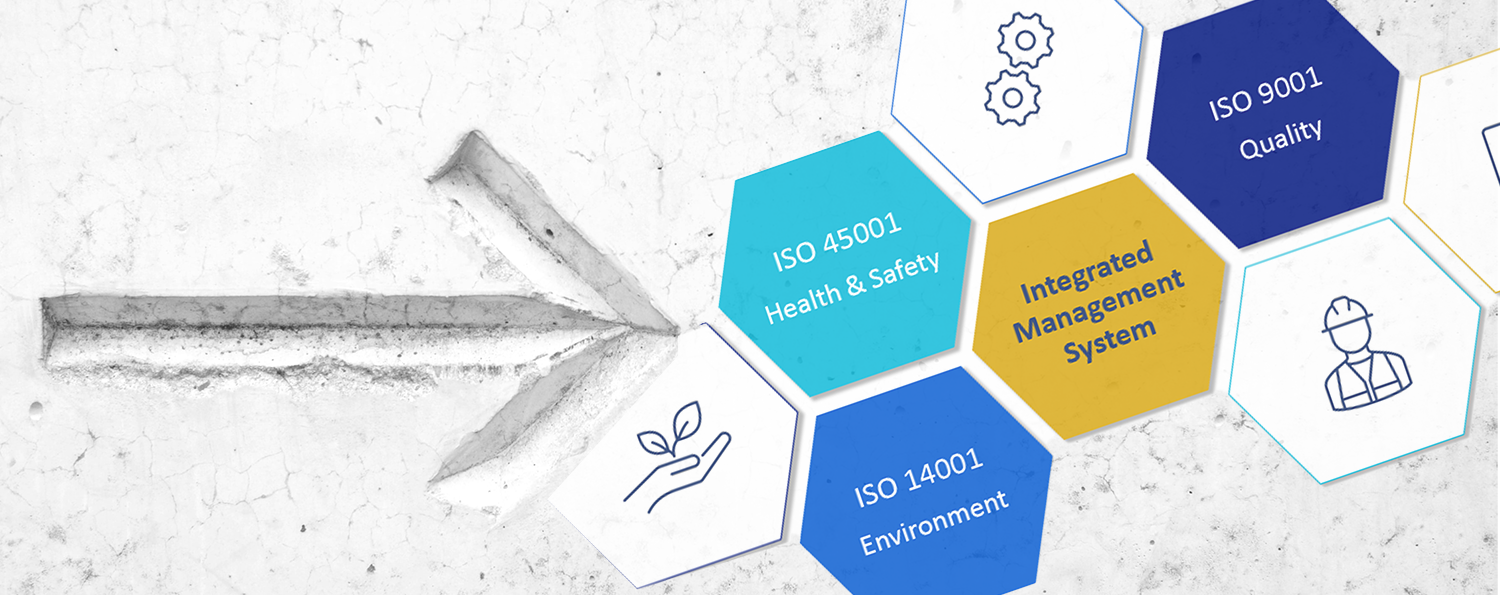Setting up an Integrated Management System (IMS) bundles resources and reduces redundancies in support processes – What exactly is an IMS and what benefits can be expected from it? Read more
What is an Integrated Management System (IMS)?
An IMS combines and streamlines methods, tools, and standards from various management systems concerning Quality, Environment, Safety & Health, etc. in one unified system. Thanks to this integration of several systems into a single framework, an IMS facilitates managing end-to-end processes and workflows, making them leaner and more efficient, as well as bundling resources and promoting collaboration between various departments, business units, and sites.
What are the benefits of an IMS?
An IMS has countless benefits. By aligning standards from various management systems, common components like document control, training, audits, or management reviews can be identified and aligned, eliminating redundancies as well as maintenance and compliance checks of multiple systems, which saves valuable time and resources.
Instead of conducting audits for each standard individually, an IMS permits cross-standard (or integrated) auditing and therefore leads to increased consistency in your processes. They can be streamlined, and goals and objectives can be defined universally, so that the whole organization can pull together. An IMS gives employees a common language, fosters an increased sense of accountability, and facilitates decision-making due to a more holistic picture of the complete process landscape. The outcome of this is an organization or site independent collaboration, which greatly increases performance and helps employees as well as customers or suppliers introduce their expectations and best practice experiences. Overall, this leads to more efficient and effective processes and creates added value for the whole organization.
How can your organization benefit from an IMS?
With an Integrated Management System, you do not only benefit from more efficient processes, stronger collaboration, and saving resources, but also from a digitalized end-to-end solution for your whole organization. It can easily be integrated into your existing IT infrastructure and ensures site-independent access to documents, real-time reports, workflows, jobs, etc., creating optimal flexibility for your employees – especially in the current home office setting. Never has it been more important to build a bridge between various workplaces and give your employees a common language to cope with these new challenges and bring your company to the next level.

